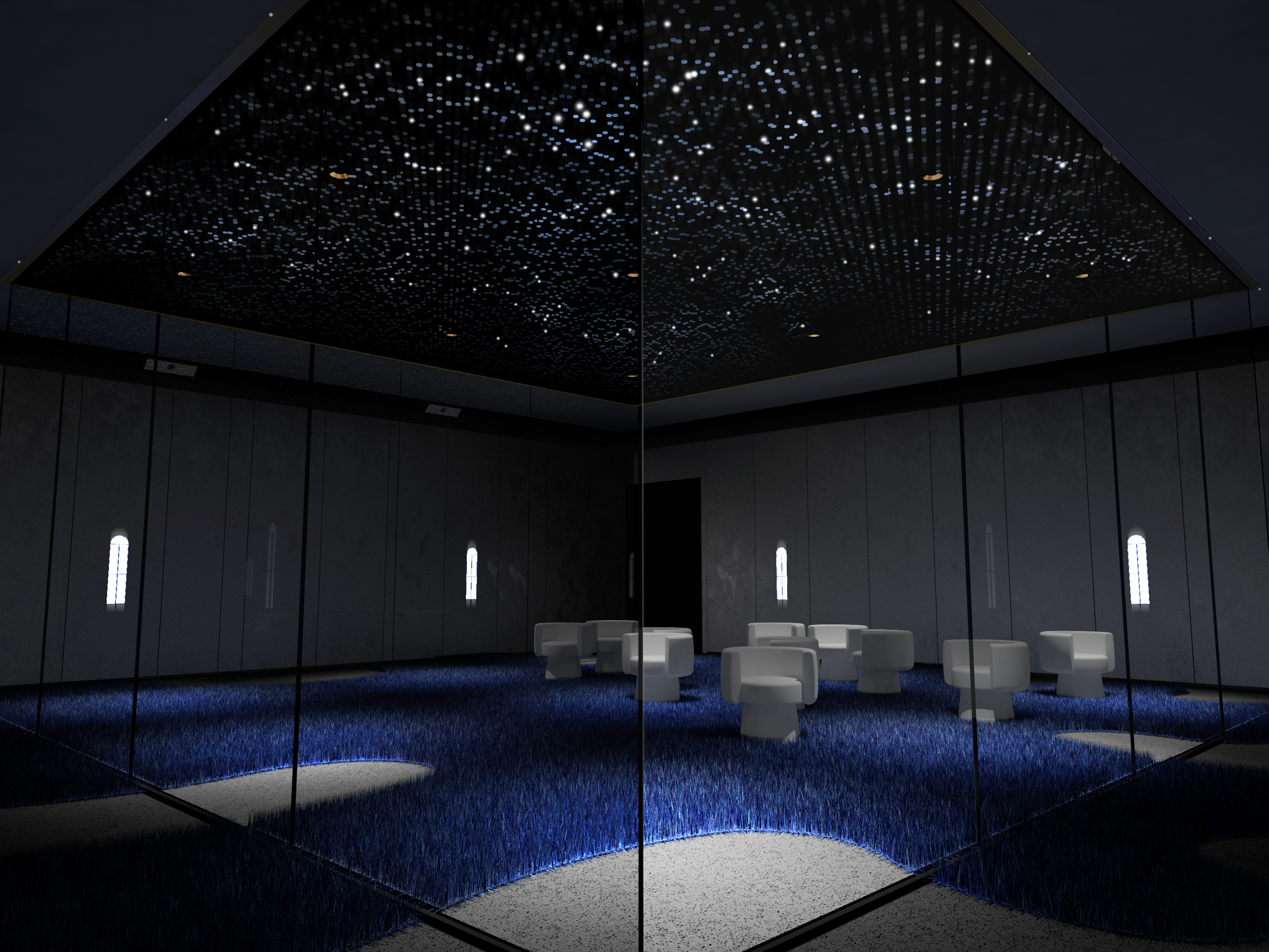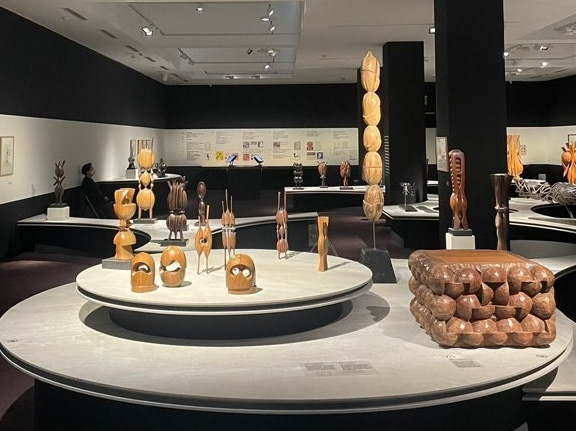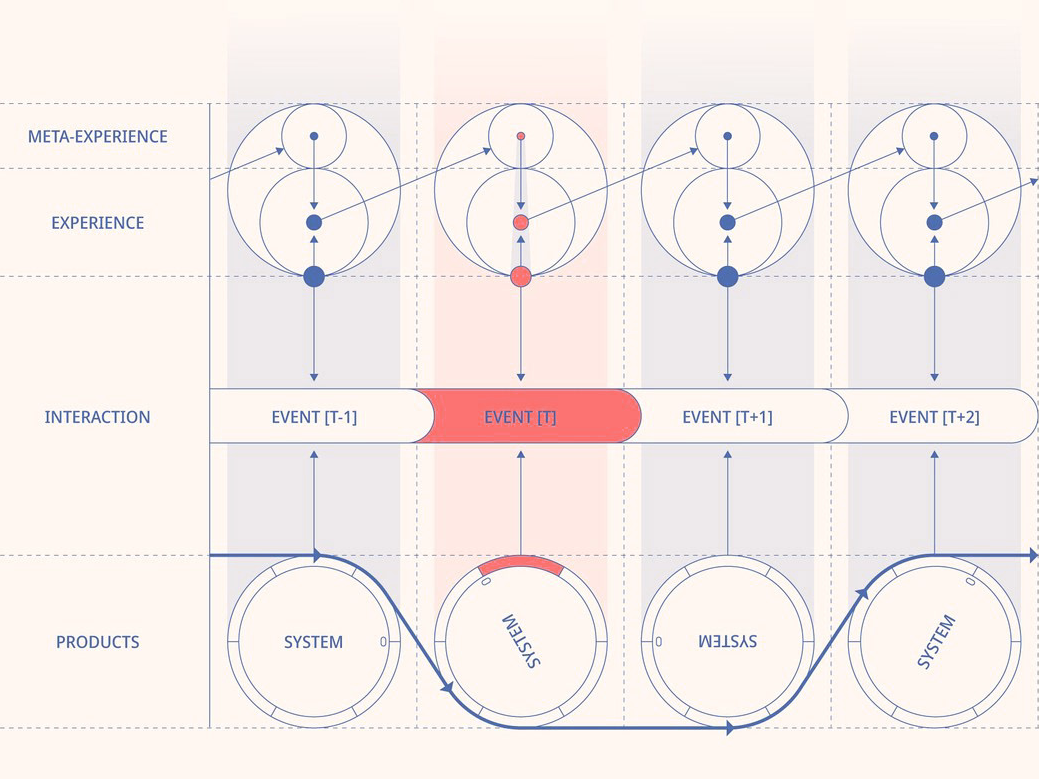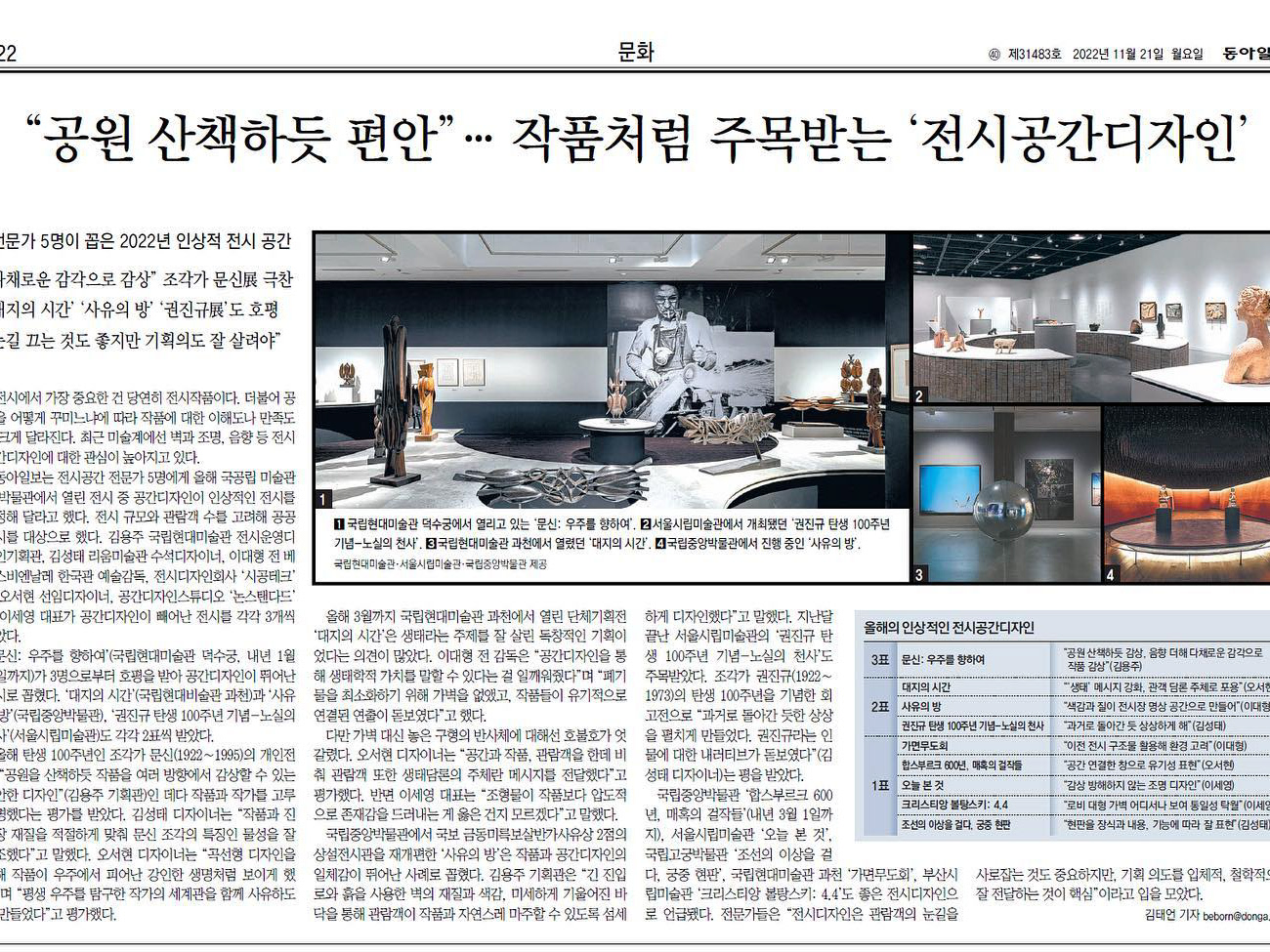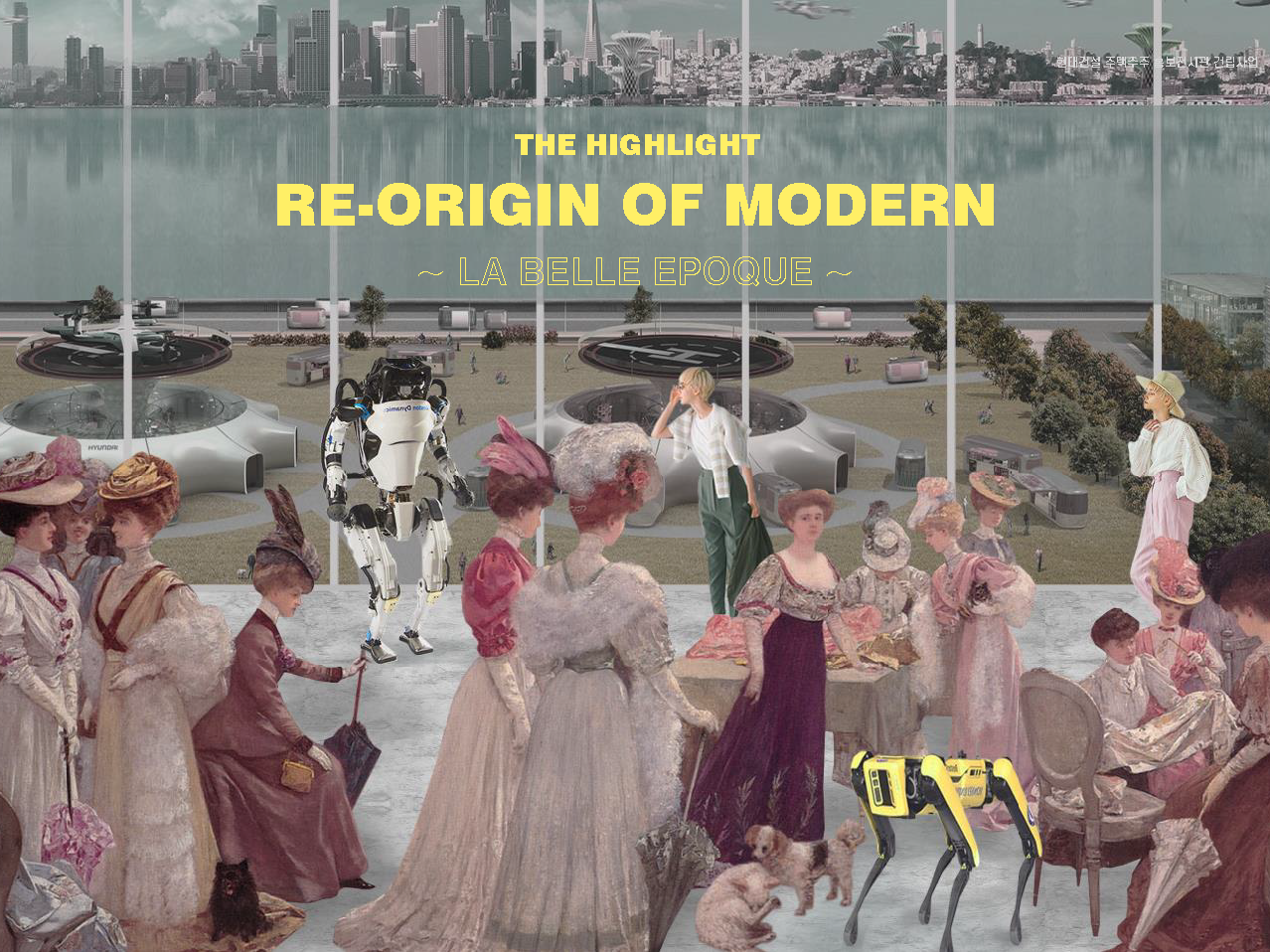SEQUENCES OF REBELLION
Agust D of BTS released a music video, <대취타(Dea Chwi-Ta)>. "Dea Chwi-Ta(대취타)" is a traditional Korean military music, often showing the king's power. So, <대취타(Dea Chwi-Ta)> has unique sounds from many traditional Korean instruments. Moreover, the video has a lot of specific cultural codes. Therefore, foreign audiences should have found the song and video awkward. However, most foreign audiences might be able to understand what the video is telling. In this writing, you can see what allows people to interpret the unfamiliar cultural codes in this video.
SEQUENCE 01
The video has three sequences. In the first sequence, Agust D plays two roles simultaneously. One is the king in the palace, and another is the beggar on the street. The two scenes are cross-cutted, setting two completely different social classes.
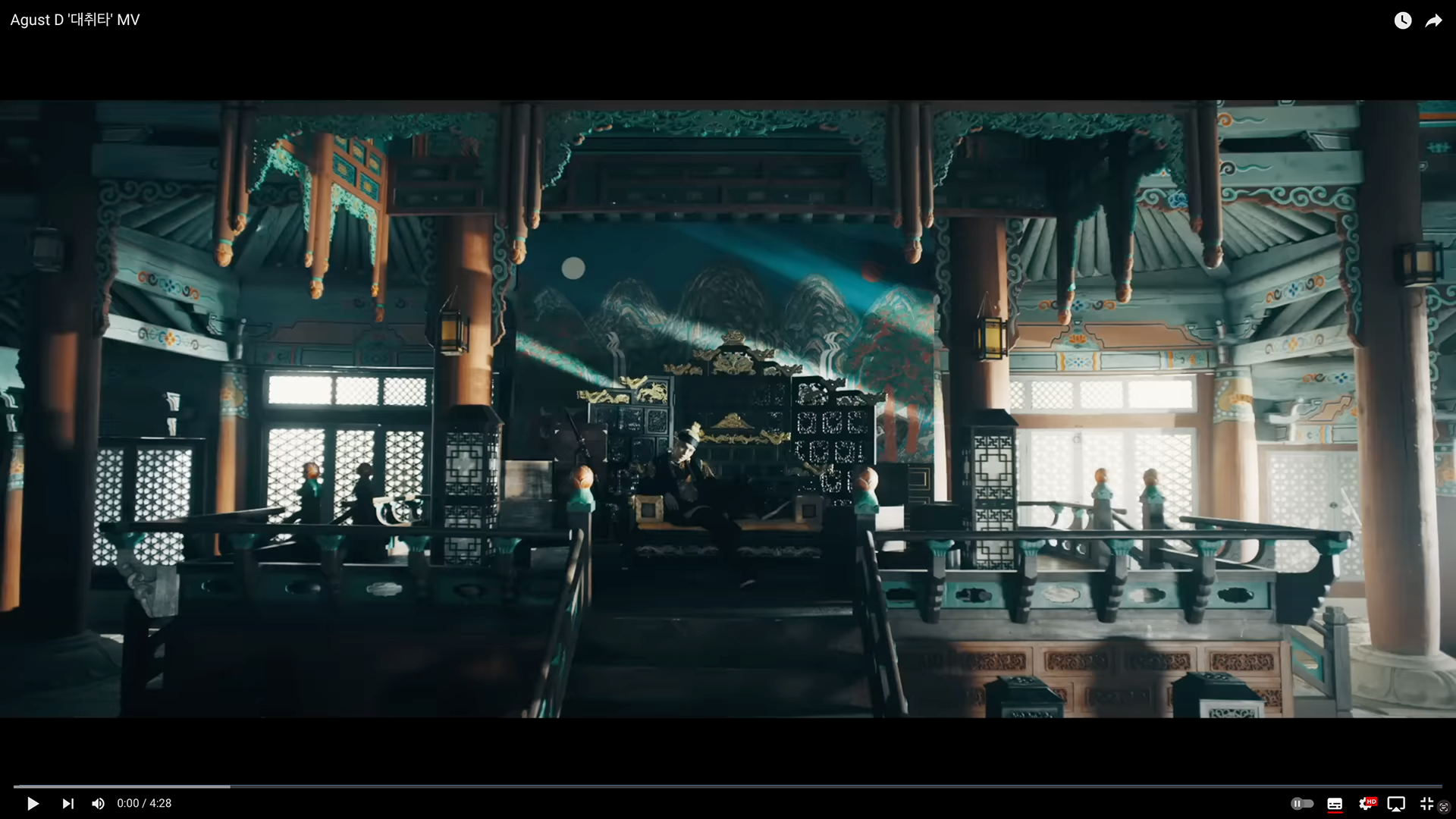
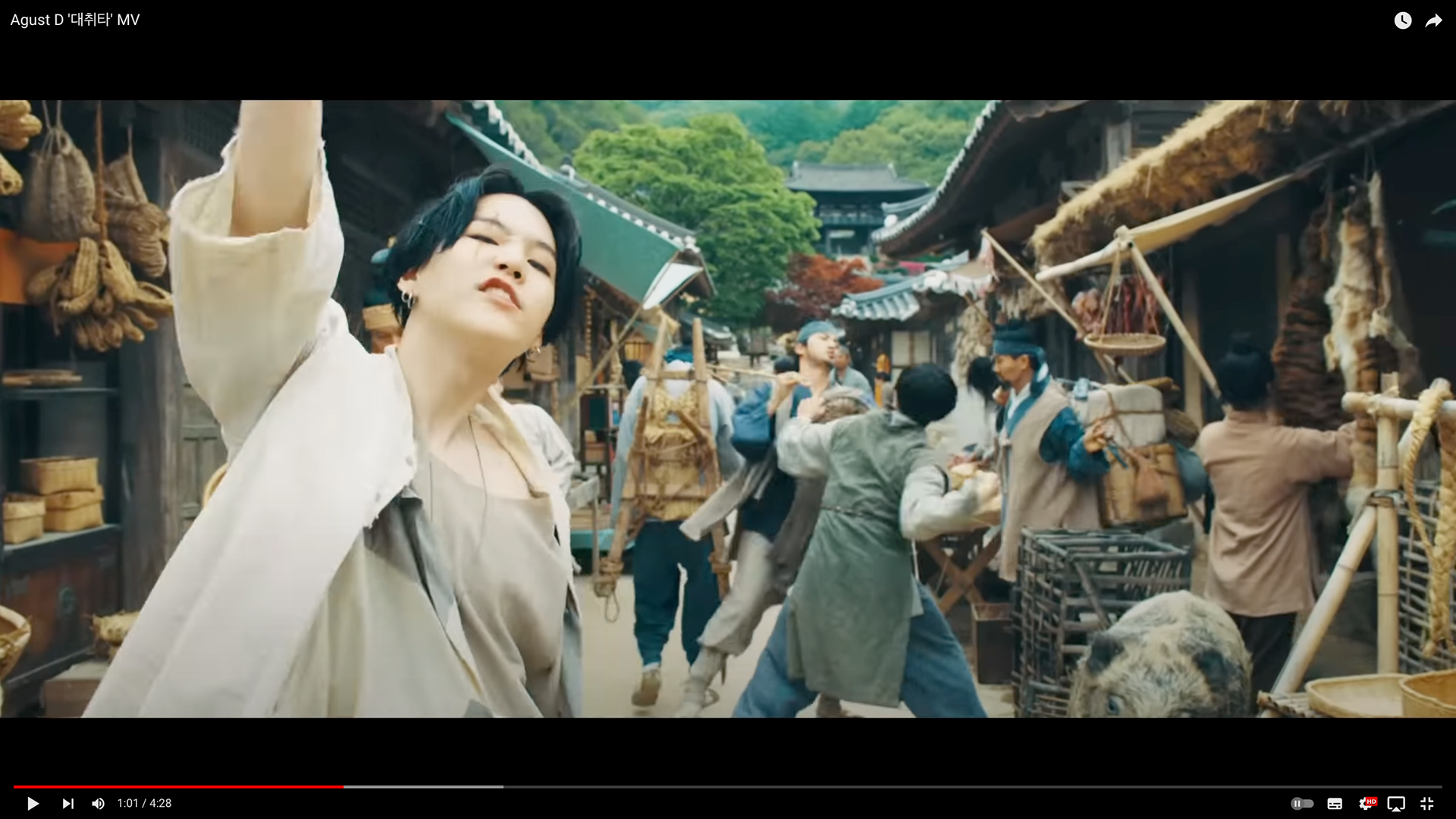
SEQUENCE 02
The second sequence consists of one scene where the two characters face each other. The background of the scene looks like a military training ground. "Mang-na-ni(망나니)," the executioner is brandishing a large sword against a criminal's neck. The king stands on the command post, where he can look down at the training ground. Subsequently, the beggar rushes into the training ground with a car fluttering sand. The king and the beggar confront each other, and soon, the king commands to arrest and execute the beggar.
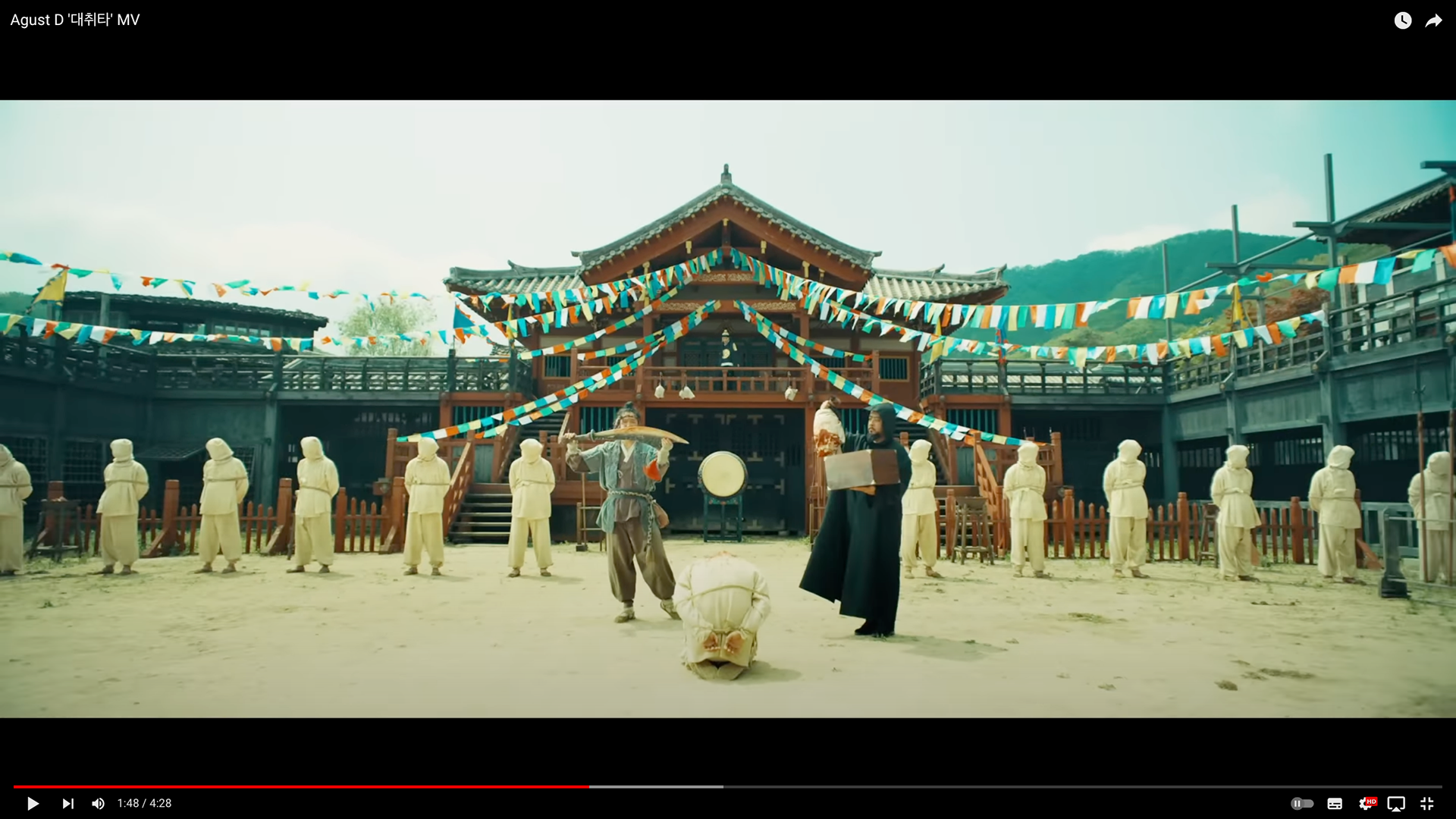

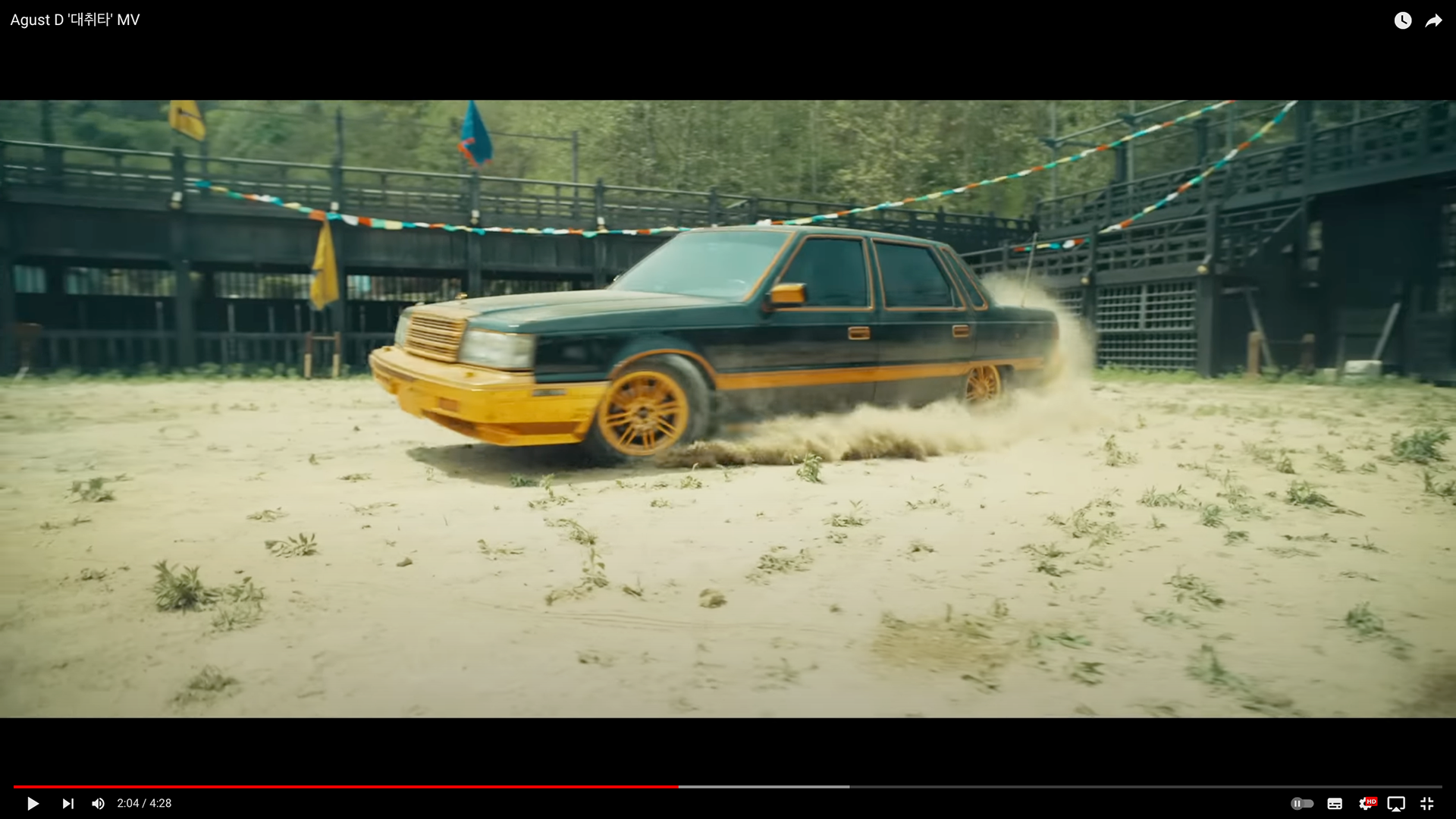

SEQUENCE 03
In the last sequence, the main scene is the "Ea-Do(어도)," the king's road in front of the palace. The tied beggar is dragged to the road and falls on his knees. An executioner brandishes his sword against the beggar. As the video becomes fade-out and soon fade-in, the beggar, who seemed dead, stands up. The executioner takes a pistol from a box which is appointed to carry the beggar's head and hands it over to the beggar. The beggar walks to the king, aims at him, and shoots a bullet, which is the end of the video.



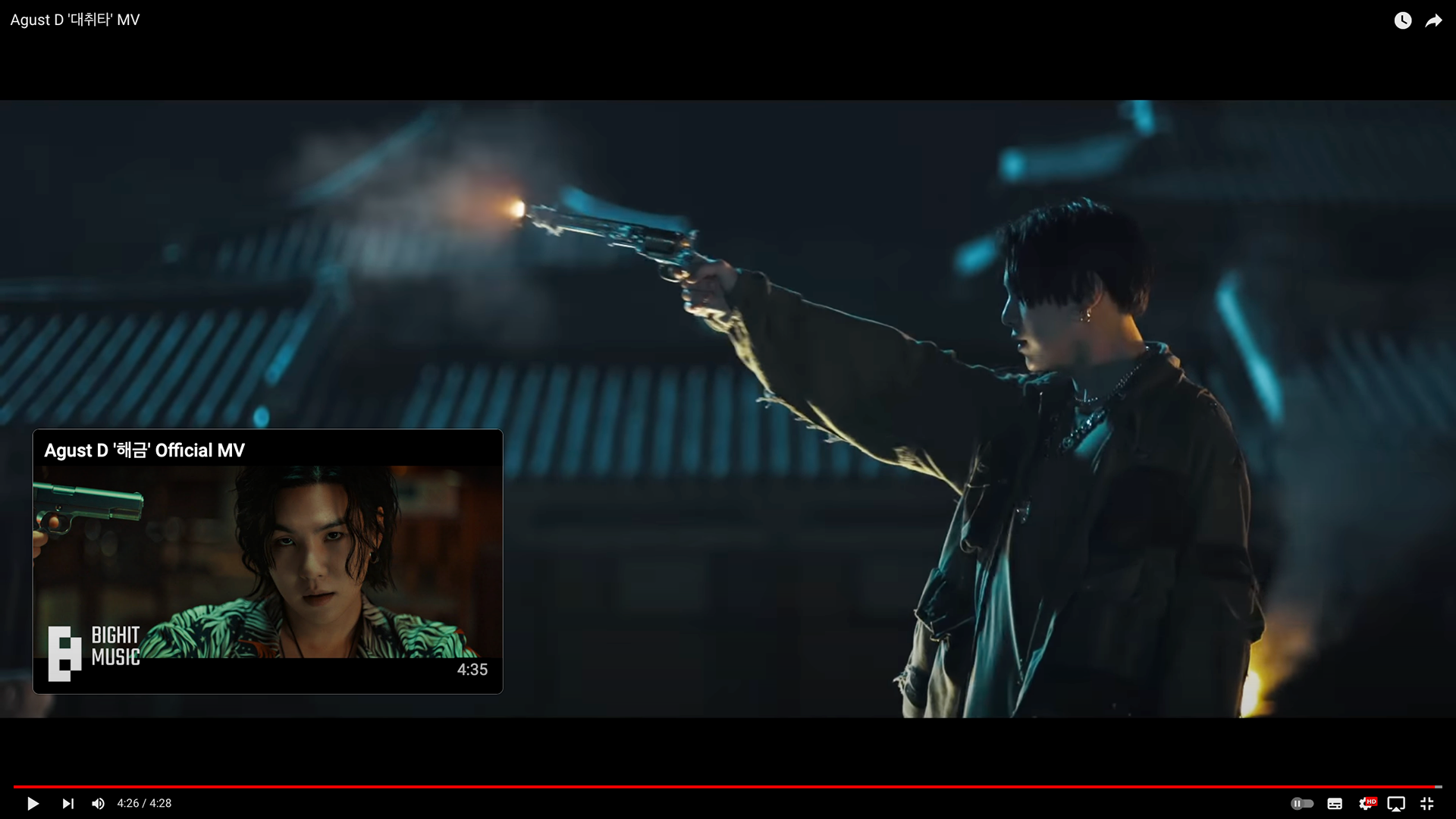
TRANSLATION OF CULTURAL CODES
This MV contains the motive of rebellion using traditional Korean cultural codes. The most innovative part of this video is the second sequence. The video director paid homage to <Gladiator(2000)> to persist using traditional codes and simultaneously make foreign audiences understand the story. The military training ground can translate into the Colosseum: the beggar is a gladiator, the car is a Roman chariot, and "Mang-Na-Ni" is an executioner. The keystone of all these translations is the sign of execution with a thumb-down. When the king overlaps with Commodus in the last take of the scene, every meaning of the codes and the stories becomes apparent: this video's cultural sign system tells the story of conflict among classes and rebellion.


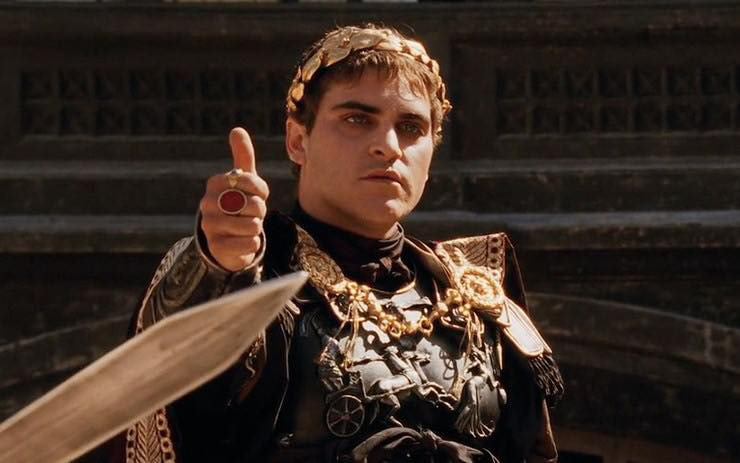

Effective communication with audiences from different cultural backgrounds is critical for all video directors. This is because many people have agreed that, these days, unique local codes could be a lucrative asset in many industries. In this regard, the MV of <대취타(Dea Chwi-Ta)> is meaningful because it is a practical example of guiding people to interpret unfamiliar cultural codes.
Writing / Seuhyun Oh
Image / 대취타(2015), Gladiator(2000)

